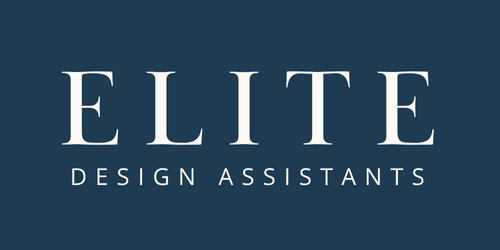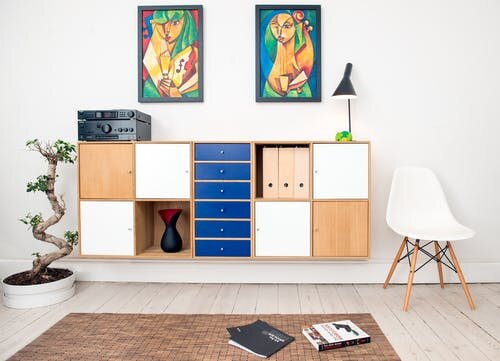5 places to show up so your ideal client can find you online
/Did you catch our blog post a few weeks ago about the 3 things you can do right now to connect with your ideal client online? This is the second in that series, and we’re going to show you 5 places you can show up, share your services, and talk to your ideal client online.
Using social media is a great way to get the word about your business out there! It gives you the opportunity to showcase your talents and skills, share valuable and helpful information, and develop your brand online.
Here are 5 separate social media platforms you can utilize in your business today!
Facebook: On Facebook, you will find photos, videos, and other forms of free content. You can also find specialized facebook groups. Posts can be much longer on this platform than they can on others.
Instagram: You have endless opportunities for marketing on this platform. You can share photos, videos, trainings, and other forms of free content. You can also communicate with your potential clients in direct messages.
Twitter: This is a great place to share short-form content. Nothing too long or complicated! Short and sweet.
Pinterest: Pinterest is not a social media platform, but it’s a great place to share freebies and other fun visually stimulating and valuable content.
Google My Business: This is also not a social media platform. It’s really a place where your potential clients can read reviews, check your portfolio and other things like that.
Now, I know you’re probably feeling pretty overwhelmed with this list! But don’t worry, you don’t have to implement all of these at once. Just start with one or two, and as you build up your free content, you can start sending out content to the other platforms as well.
Need help creating content and getting it out to the world via social media? Contact us today.
















